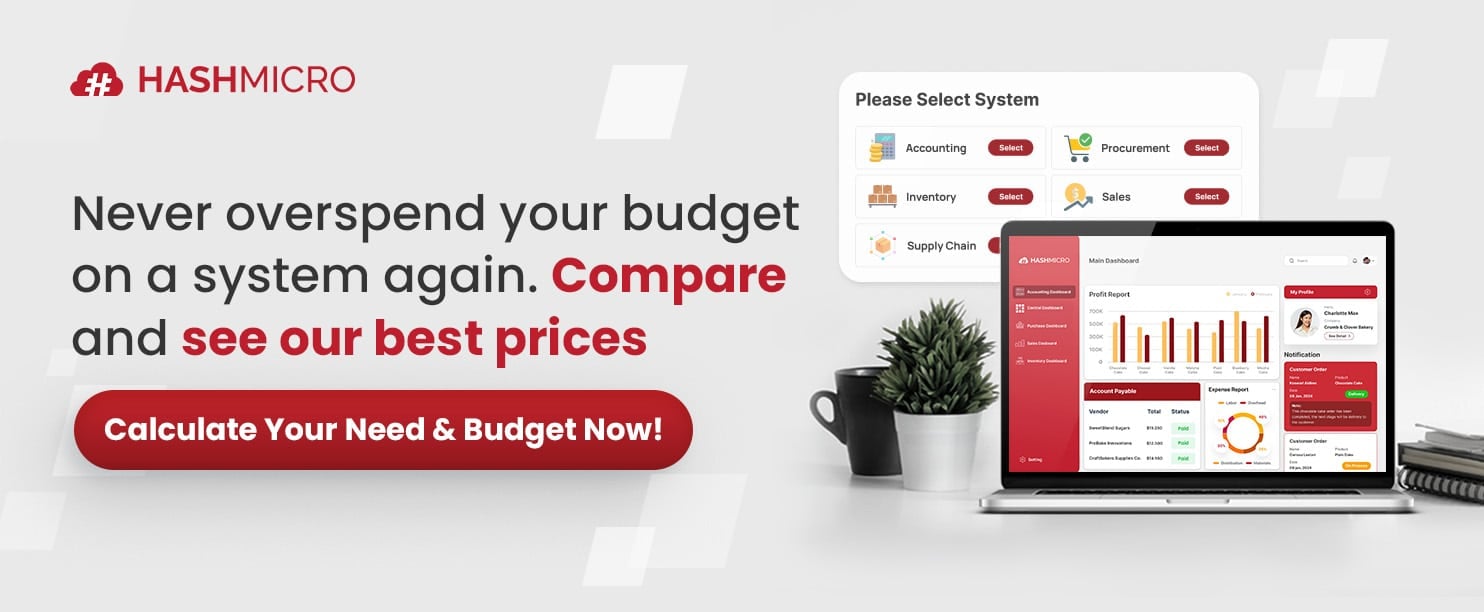Your inventory is well-stocked and your sales forecasts are in place, but suddenly a trending product starts selling out faster than expected. Before you know it, shelves are empty, and you’re unable to fulfill customer orders. This highlights the crucial need for maintaining a buffer stock.
The problem worsens without an efficient inventory management system. Without real-time tracking, stock shortages may go unnoticed, causing delays in restocking and disrupting your supply chain.
Poor monitoring and slow replenishment can lead to extended stockouts, affecting customer trust and overall business operations. Keep reading to learn how to manage buffer stock effectively!
Key Takeaways
|
Table of Content
Content Lists

What is Buffer Stock?
Buffer stock is extra inventory kept to manage unexpected demand shifts or supply chain disruptions, ensuring smooth operations even when regular stock runs low.
By maintaining buffer stock and using a periodic inventory system, businesses can monitor stock levels, prevent shortages, fulfill orders on time, and avoid revenue loss. This approach is essential for industries with seasonal demand, long supplier lead times, or fluctuating market trends.
Effective management requires analyzing sales trends, forecasting demand, and setting optimal stock levels to balance availability and storage costs. A periodic inventory system further improves stock tracking and supports data-driven replenishment decisions.
The Importance of Buffer Stock
Before diving into the core of supply chain management, it’s crucial to understand the role. This strategic reserve of goods safeguards against unexpected disruptions, ensuring smooth operations and preventing supply shortages.
1. Ensures business continuity
Buffer stock helps companies maintain operations even when supply chain disruptions occur. Whether due to supplier delays, transportation issues, or unexpected spikes in demand, having extra inventory prevents production halts and customer dissatisfaction.
2. Stabilizes market prices
When supply fluctuates, prices tend to follow. A well-maintained helps regulate the availability of goods, preventing extreme price volatility and ensuring fair pricing for both businesses and consumers.
3. Improves customer satisfaction
Customers expect timely deliveries and consistent product availability. By keeping a buffer stock, businesses can fulfill orders on time, reducing backorders and enhancing customer trust and loyalty.
4. Protects against supply chain uncertainty
Global supply chains are vulnerable to natural disasters, political instability, or raw material shortages. Regular stocktake helps businesses monitor inventory levels accurately, while buffer stock acts as a safety net, allowing them to navigate these challenges without severe disruptions.
5. Supports seasonal and promotional demands
Certain industries experience seasonal fluctuations in demand. By holding extra stock, companies can meet increased demand during peak seasons or promotional periods without struggling to replenish inventory.
Geographical Considerations in Buffer Stock Management

Businesses should consider storage locations to enhance supply chain efficiency and effectively manage. For example, if a company operates in multiple locations, it can store some inventory in central hubs that are easily accessible.
A periodic inventory system enables stock monitoring and better control across various locations, ensuring products are strategically placed for quick distribution.
This approach allows businesses to swiftly transfer inventory to high-demand areas without long shipping delays, ensuring smooth operations. Another effective strategy is positioning buffer stock near key markets or distribution centers.
By doing so, companies can minimize the risk of delays caused by transportation disruptions or border clearance procedures. This enhances responsiveness to sudden demand spikes and reduces shipping costs, ensuring customers receive their products on time.
Using Historical Data to Determine Buffer Levels
Analyzing historical data allows businesses to determine the right levels by reviewing past sales patterns and demand trends. This helps companies anticipate seasonal fluctuations and periods of low demand, enabling them to adjust inventory accordingly.
Integrating inventory management software further enhances this process by automating data collection and analysis. With real-time sales insights, businesses can monitor supplier performance and make informed adjustments to buffer stock levels as needed.
Combining data driven strategies with automation not only streamlines inventory management but also improves efficiency and decision-making.

Difference between Buffer Stock and Safety Stock
While buffer and safety stock serve as extra inventory to prevent shortages, they have distinct purposes in inventory management.
Understanding their differences helps businesses optimize stock levels, reduce risks, and improve supply chain efficiency. The table below highlights the key distinctions between buffer stock and safety stock.
| Aspect | Buffer Stock | Safety Stock |
|
Purpose |
Acts as a reserve to handle unexpected demand spikes or supply chain disruptions. |
Serves as a precaution against forecast inaccuracies and supplier delays. |
|
Usage |
Used when regular stock runs out due to unforeseen circumstances. |
Used to cover normal fluctuations in demand and supply. |
|
Trigger for Use |
Activated during extreme shortages, disruptions, or high-demand periods. |
Used when actual demand exceeds forecasted demand or when suppliers delay shipments. |
|
Stock Levels |
Usually maintained in larger quantities for long-term stability. |
Generally kept in smaller quantities to handle short-term uncertainties. |
|
Business Impact |
Helps prevent operational disruptions and stabilizes market prices. |
Ensures continuous supply and avoids stockouts in day-to-day operations. |
By distinguishing between buffer and safety stocks, businesses can create a more resilient inventory strategy that balances risk management and cost efficiency.
HashMicro’s Inventory Management System to Automate Buffer Stock Calculation

HashMicro’s Inventory Management System offers a sophisticated solution for automating calculations. With its advanced features, businesses can efficiently manage stock levels without requiring continuous manual monitoring. Key Features of HashMicro’s Inventory Management System:
- Fast moving slow moving stocks analysis: This feature helps you analyze product movement trends, allowing for more accurate stock planning.
- Stock forecasting: Predicts future stock requirements based on historical data, ensuring your stock levels are always optimized.
- Run rate reordering rules: Automatically reorders products based on consumption rates, ensuring timely replenishment of buffer stock.
- Product expiry management: Tracks the expiry of perishable products, ensuring that it is efficiently rotated.
- Stock reservations & reporting: This system provides comprehensive reporting and allows for stock reservations, ensuring that critical products are always available.
With these features, HashMicro’s Inventory Management System simplifies calculations, minimizes stock shortages, and enhances operational efficiency. With so many inventory management solutions available, finding the right one can be challenging.
Conclusion
Managing buffer stock effectively is essential for maintaining smooth operations and meeting changing demand. Poor inventory control can lead to stock shortages and dissatisfied customers. Businesses can ensure a consistent supply and timely product delivery by implementing a well-planned system.
To simplify this process, automating calculations with a reliable inventory management system such as HashMicro’s can greatly enhance efficiency. Our system optimizes stock monitoring, forecasting, and reordering, helping you prevent inventory issues before they arise.
Try our free demo today and streamline your inventory management effortlessly!

FAQ Buffer Stock
-
Why do we hold buffer stock?
The primary goal of maintaining buffer stock is to cushion a business against upticks in demand that it wouldn’t be able to meet with its normal inventory levels. As such, it’s an important aspect of any inventory management system.
-
What is the minimum stock level?
Minimum stock, also known as safety stock or reserve stock, is the amount of stock that must always be available to ensure a company’s ability to meet customer demand, even during seasonal peaks and unexpected supply issues.
-
How to maintain buffer stock?
Buffer stock refers to a reserve that is used in unforeseen emergencies. It is also known as strategic stock or safety stock. This mandates close monitoring of drug stocks and maintaining buffer stock at all levels following the stocking norms to ensure an uninterrupted supply of drugs.































